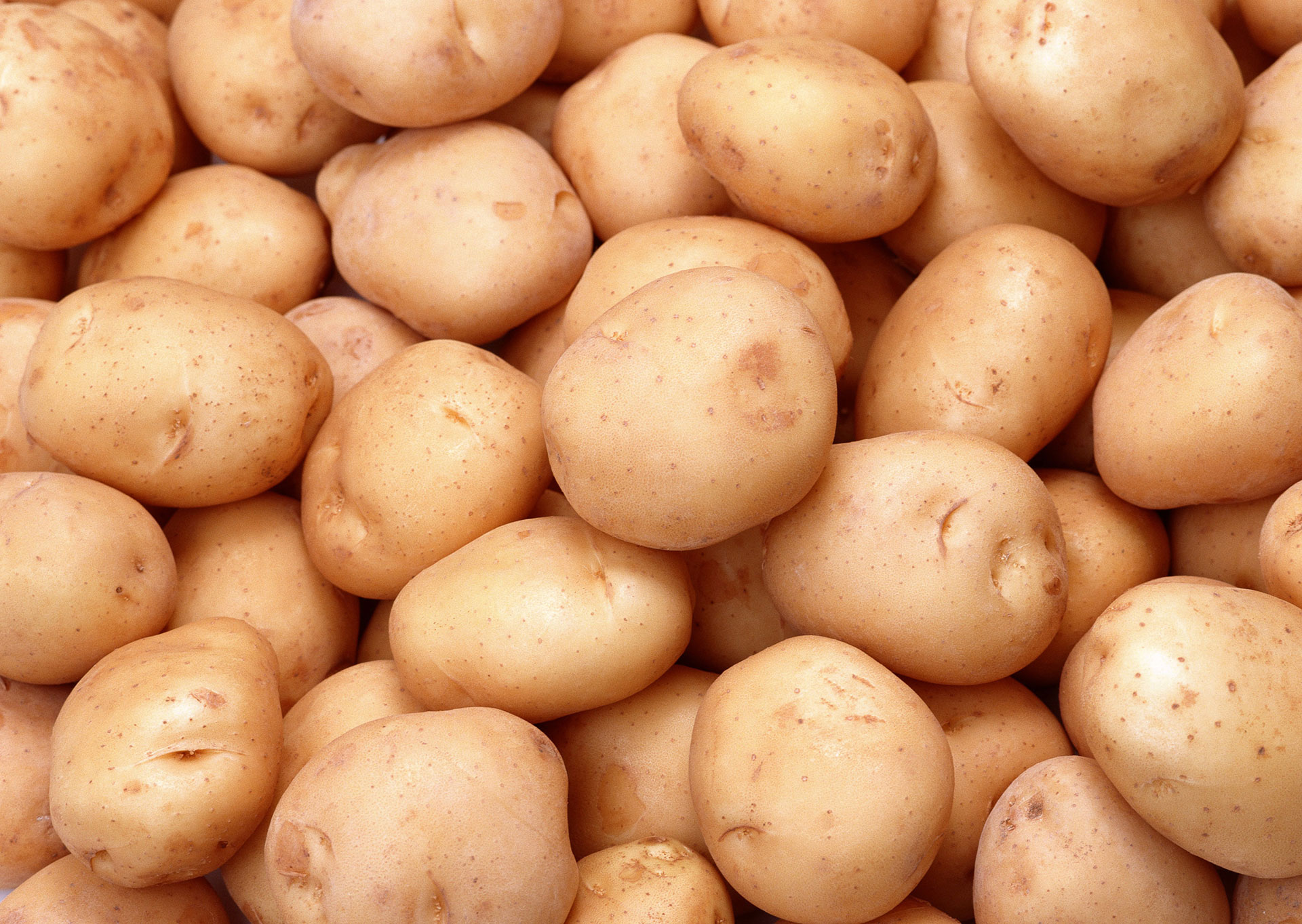Tuberization starts when the stolons begin thickening. The tuberization process is very short, depending on the variety, temperature and soil moisture. Tuberization occurs five to seven weeks after planting, or between 15 and 40 days following emergence. Tuberization starts when the stolons begin thickening. During this stage, carbohydrates produced in the foliage are utilized for stolon growth and the initiation of the tuberization (Al Soboh et al, 2000).
The tuber initiation process depends on both the photoperiod and on certain plant hormones. Under high temperature conditions, gibberellins synthetized in the emerging stems are transported to the stolons. A high concentration of gibberellins in the stolons inhibits the tuberization process. Several researchers (Guivarc’h et al., 2002; Rosin et al., 2003; Sergeeva et al., 2000) have demonstrated that potato tuberization is accelerated when the relation cytokinins/ auxins is in favor of the cytokinins. In this way, a concentration increment of cytokinins favors the tuberization, especially in early species (García-Flores et al, 2009).
Temperatures above 20° C substantially impede the tuberization process, and it is totally inhibited if temperatures rise above 30° C (Al Soboh et al, 2000). Additionally, tuber initiation occurs three to four weeks earlier when it takes place on days with 10 to 14 hours of sunlight compared to days with more than 14 hours of sunlight (Dean, 1994). Contreras (2002) states that short days and low temperatures stimulate tuber initiation and that low night temperatures are more effective than low day temperatures. Short days with high temperatures cause short cycle varieties to initiate and develop tubers considerably earlier than long cycle varieties.
A concentrated tuberization period leads to greater homogeneity in the tuber size

Nutrition and tuberization
Applying phosphorus to the soil is fundamental for adequate formation of the root system and, in turn, achieving a greater number of tubers. Also, the application of nitrate nitrogen enhances cytokinin synthesis, while boron and zinc enhance intensive cell division. Additionally, an adequate N:K balance must exist, since excess nitrogen diminishes tuberization and elongates the process, resulting in a non-uniform tuber size.



